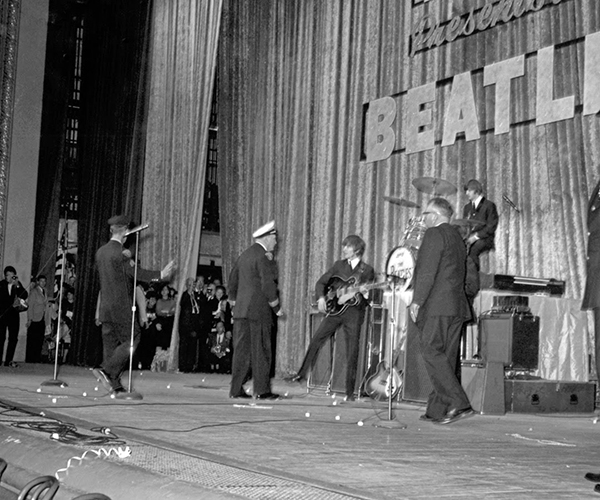A 2,200-degree furnace isn't as scary as it seems. At least not at J and C Glass Studio in University Circle, where Chris Crimaldi and Nicholas Comella offer classes that'll make you appreciate glass blowing as much as they do. "It's such an organic art form," Comella says. "There's never going to be two cups the same." Here's a quick primer on what to expect when facing the heat.
1 Gather your glass. Heat a blowpipe in the reheating furnace — one of two furnaces used in the process — and, with it leveled on the edge of the main furnace, tilt it into the melted glass. "Turn it about three times and lift it out," says teacher Noah Schenk.
2 Make a bubble. On the steel-topped marver table, roll the glass to shape it. If the glass needs to be more flexible, heat it in the reheating furnace for about 30 seconds. Hold the blowpipe with the glass toward the floor. "Blow into it, and you get your starter bubble," Crimaldi says.
3 Color the glass. Dip the ball of hot glass into your choice of frit — colored bits used to coat the glass. But don't be surprised when the glass doesn't change to that color. "You don't know how your color is going to look until it's completely cool," Schenk says.
4 Let it cool. The glass will harden as it cools. "By letting it set, it acts as a base," Schenk says. Repeat steps 1 through 4 until you have the amount of glass you need for your object.
5 Transfer your piece. Rest the blowpipe horizontally on a bench in front of you. Choose a point where the glass is attached to the pipe, and clamp it with jacks, which look like a large pair of tweezers. "Gently squeeze [the jacks], and keep the pipe turning back and forth," Schenk says. This will create a line of perforation. Next, place a punty (a long, solid metal pipe) at the other end of the glass. Take a small pair of tweezers dipped in water, and press about four points along the line of perforation. Flip the tweezers around, and tap the blowpipe to detach it from the glass. This will create a small opening. Your piece will still be attached to the punty.
6 Expand the opening. Head back to the reheating furnace so the top half becomes pliable. Take the jacks, squeeze them together, and insert them into the opening. Slowly release them to widen the opening.
7 Detach your piece, and let it cool. Repeat step 5, but instead of placing a punty at the other end, have someone with gloves catch the piece as it detaches. Place your creation in an annealing oven, which is set at 960 degrees, for 18 to 20 hours. "[The oven] slowly cools the glass down so it doesn't break," Schenk says.



